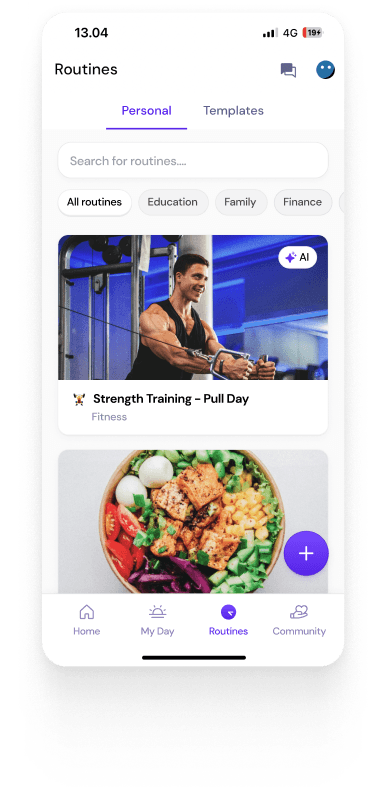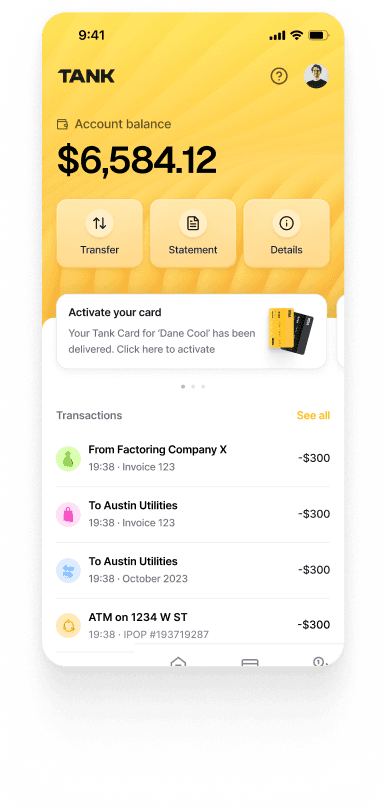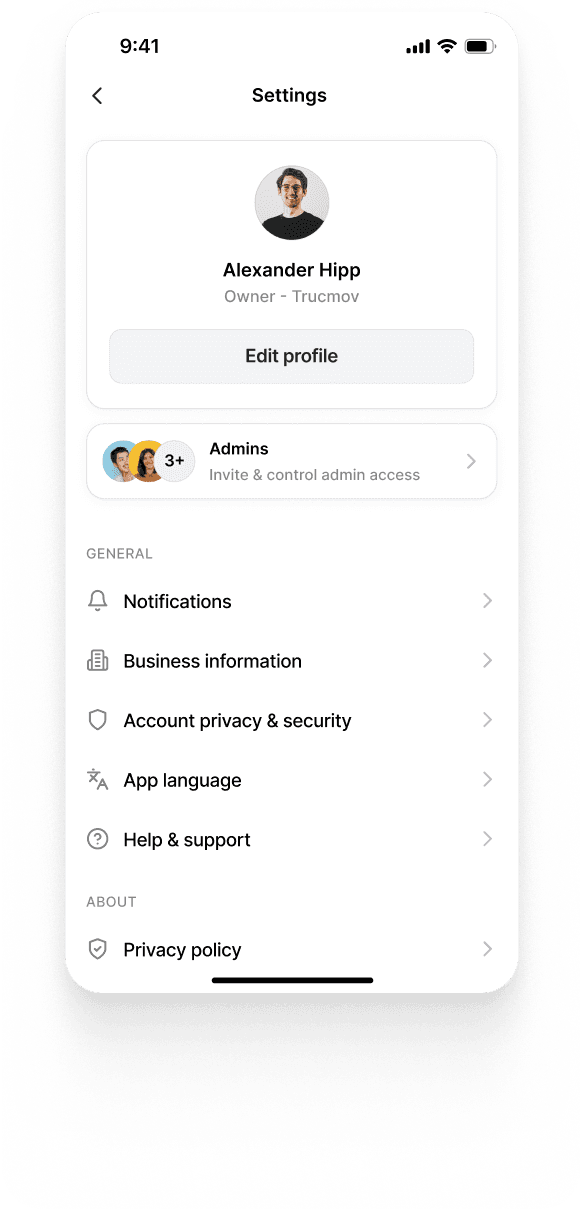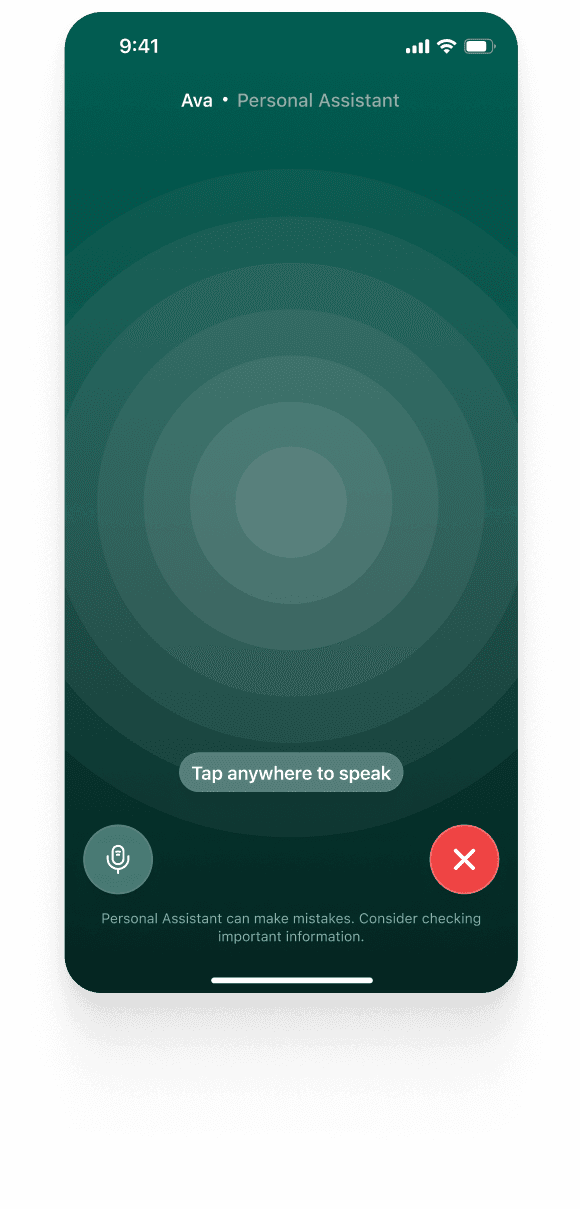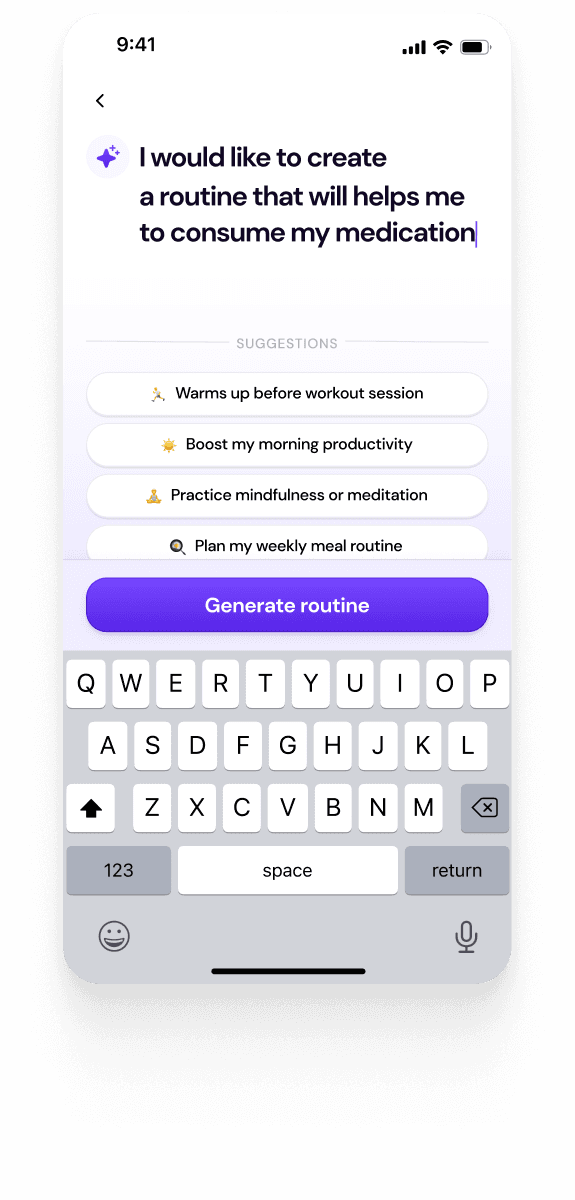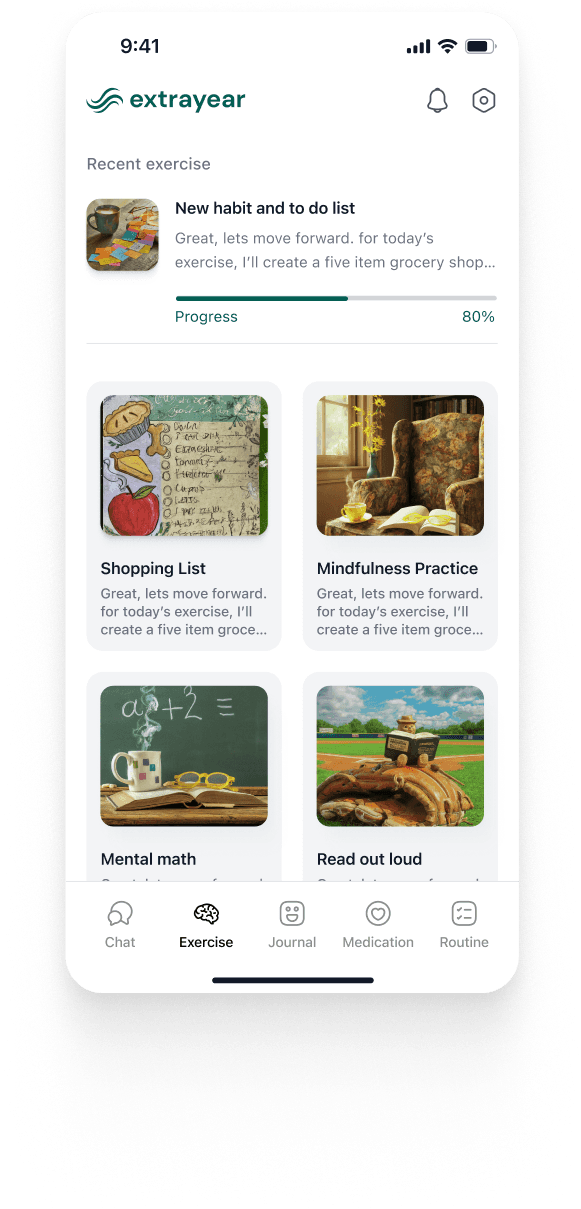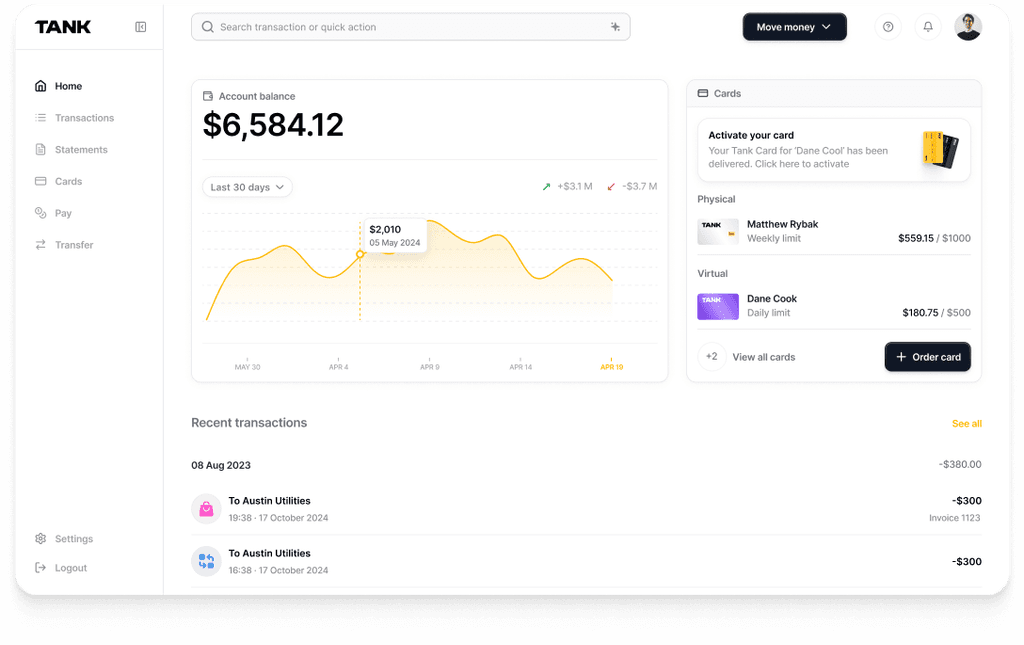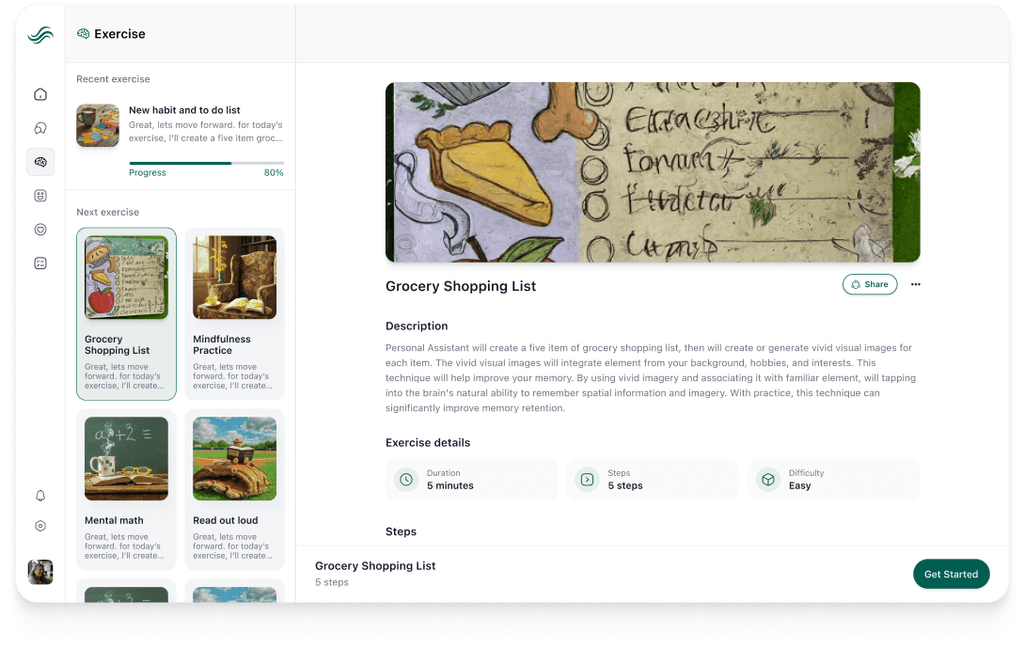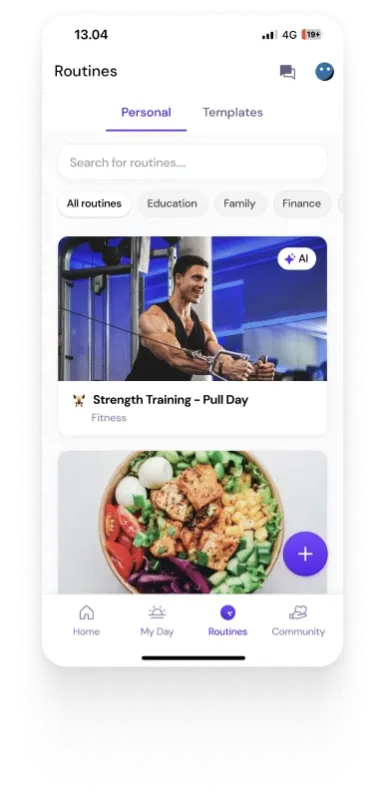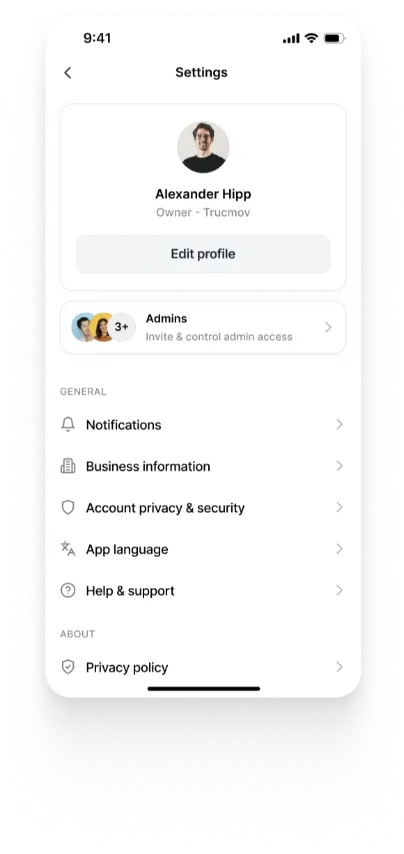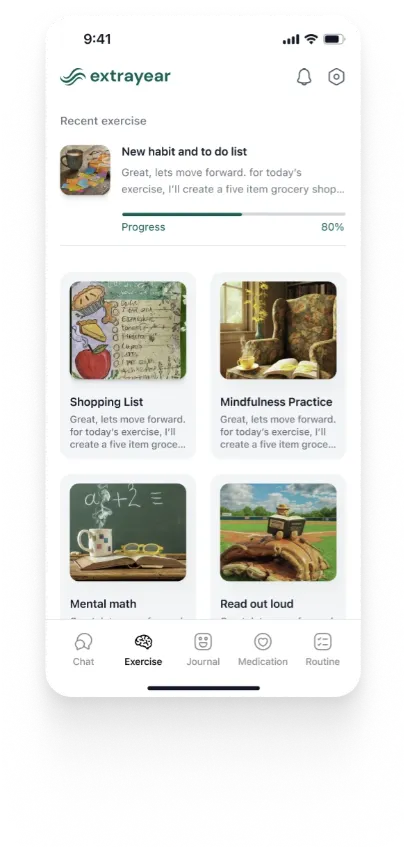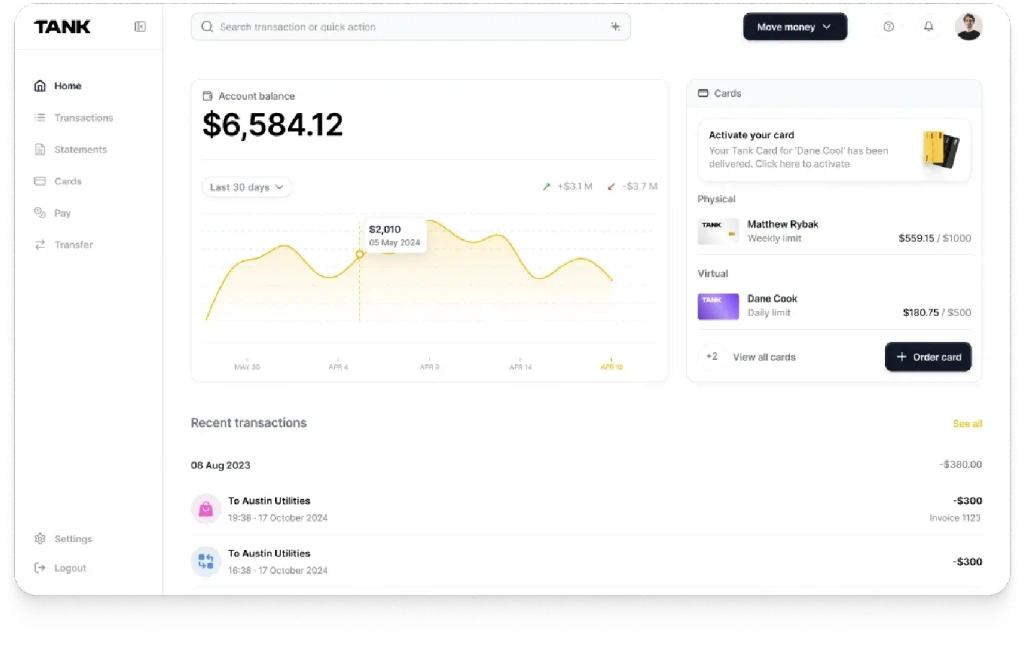Streamlining Daily Tasks with Steve's AI Automation Features
Apr 23, 2025
Summary
Steve transforms daily productivity through AI-driven automation that understands context, anticipates needs, and executes tasks via natural language. It replaces traditional, fragmented tools with a proactive OS powered by intelligent agents—streamlining workflows, optimizing over time, and enabling users to focus on outcomes rather than processes.
Key insights:
Conversational Delegation: Users can assign tasks using natural language—no scripts or setups required.
Context-Aware Automation: Steve connects tasks across workflows, anticipating what’s needed before it’s asked.
Proactive Workflow Optimization: Tasks improve autonomously through real-time learning and feedback loops.
Collaborative AI Agents: Specialized agents coordinate seamlessly to deliver integrated, real-time outcomes.
Empowering Non-Technical Users: Advanced automation is now accessible to all, not just engineers or power users.
From Tools to Partners: Steve elevates tech from execution to collaboration—automating tasks, co-creating solutions.
Introduction
For years, technology has promised to make life easier—but rarely has it done so without demanding that users adapt to it. Interfaces have improved, commands have become more intuitive, and workflows have been simplified, yet the user has always remained the initiator. Steve, the world’s first AI Operating System, turns this paradigm on its head. Rather than acting as a responsive tool waiting for inputs, Steve is a proactive, context-aware partner designed to integrate directly into your workflow and, more importantly, to shape it for the better.
Steve’s approach to automation is not about eliminating human oversight; it’s about elevating it. By using intelligent agents, shared memory, natural language processing, and real-time learning, Steve empowers users to focus on what truly matters—strategy, creativity, and decision-making—while it handles the intricacies of execution.
Rethinking Automation: From Passive Tools to Active Systems
Traditional automation tools have typically operated within narrow parameters. Whether it was a CRM system sending automated emails or a project management app assigning recurring tasks, the rules were hardcoded, and the tools lacked awareness. Steve disrupts this limited view. Its AI-native infrastructure allows it to perceive intent, anticipate needs, and complete multifaceted tasks without step-by-step guidance.
When a user tells Steve, "I need to plan a product launch campaign by next month," they are not prompting a single program—they’re activating a network of AI agents that collaborate through shared memory, segment tasks, and adapt in real-time. Steve schedules meetings, drafts marketing strategies, compiles competitor analysis, and preps performance metrics without follow-ups. Automation becomes orchestration.
Understanding Context: The Foundation of Smart Execution
Steve’s success in task automation stems from its contextual awareness. Most systems treat each task as isolated; Steve, conversely, understands the broader workflow and the interdependencies between activities. If a user is preparing for an investor pitch, Steve recognizes that this requires a slide deck, financial modeling, industry benchmarks, and likely scheduling with stakeholders. It pulls from internal documents, scrapes external data if needed, and preps materials according to the tone and intent of the meeting.
This holistic comprehension minimizes back-and-forth and reduces the friction that typically comes from switching between tools. Tasks are not queued—they are integrated into a continuum, shaped by what came before and what is expected next.
Delegating with Language, Not Code
Perhaps the most transformative feature of Steve is its conversational interface. Delegation no longer requires scripting commands, configuring settings, or dragging and dropping timelines. Instead, users interact with Steve the way they would with a colleague: casually, naturally, and with minimal repetition.
This is especially critical for non-technical users, who can now harness advanced computational power without a technical learning curve. Whether you’re a founder outlining business objectives or a researcher managing publication timelines, Steve translates your requests into structured actions. It’s the democratization of automation—bringing the power of AI to everyone, not just the technically fluent.
Proactive Optimization: Tasks That Improve Themselves
One of Steve’s most unique contributions is its ability to not only perform tasks but to improve how those tasks are executed. Through constant monitoring and feedback integration, Steve refines workflows and processes over time. It identifies inefficiencies before they result in delays, proposes faster alternatives, and adjusts schedules dynamically to account for real-world variables like team availability or shifting deadlines.
Imagine a world where your daily planning doesn’t just follow a static calendar, but evolves in real time, recommending changes based on your productivity patterns or market conditions. This is not hypothetical—it’s the everyday reality Steve creates.
Collaborative Intelligence: Many Agents, One Goal
Where legacy systems suffer from fragmentation—apps working in silos, tools duplicating efforts—Steve thrives on integration. Multiple AI agents, each specialized in functions like data analysis, copywriting, or coding, collaborate within a shared intelligence ecosystem. They share updates instantly, align on objectives, and self-organize around project needs.
In an enterprise setting, this could mean a marketing agent working alongside a finance agent and a legal compliance agent—each updating the others as needed, without user mediation. In a personal productivity context, it’s like having a team of assistants that not only complete tasks but check each other’s work in real time.
From Automation to Co-Creation
What Steve offers is not just efficiency, but partnership. This AI OS doesn’t merely automate routine; it enables a form of co-creation where human goals are enhanced by AI initiative. Users no longer need to plan every step—they can focus on defining the outcome, and Steve constructs the path.
This is particularly powerful in creative and strategic fields. A content creator could describe the mood and theme of a campaign, and Steve would generate drafts, visuals, performance predictions, and even publication timelines. It transforms creative thinking into deliverables with unprecedented speed and precision.
Conclusion
The true impact of Steve is not in grand gestures or flashy interfaces. It is in the quiet moments: the email that was drafted while you were in a meeting, the report that compiled itself based on your last three projects, the task you forgot that Steve remembered and handled for you.
Steve redefines productivity by turning your OS into a collaborator rather than a conduit. In doing so, it gives users what they have always needed: time, focus, and freedom.
Streamline Your Workflow with Steve’s AI Automation
From campaign planning to investor prep, Steve handles complex, cross-functional tasks with natural language and AI agents. Whether you're a founder, creator, or strategist, Steve transforms to-dos into done—proactively, intelligently, and effortlessly.










